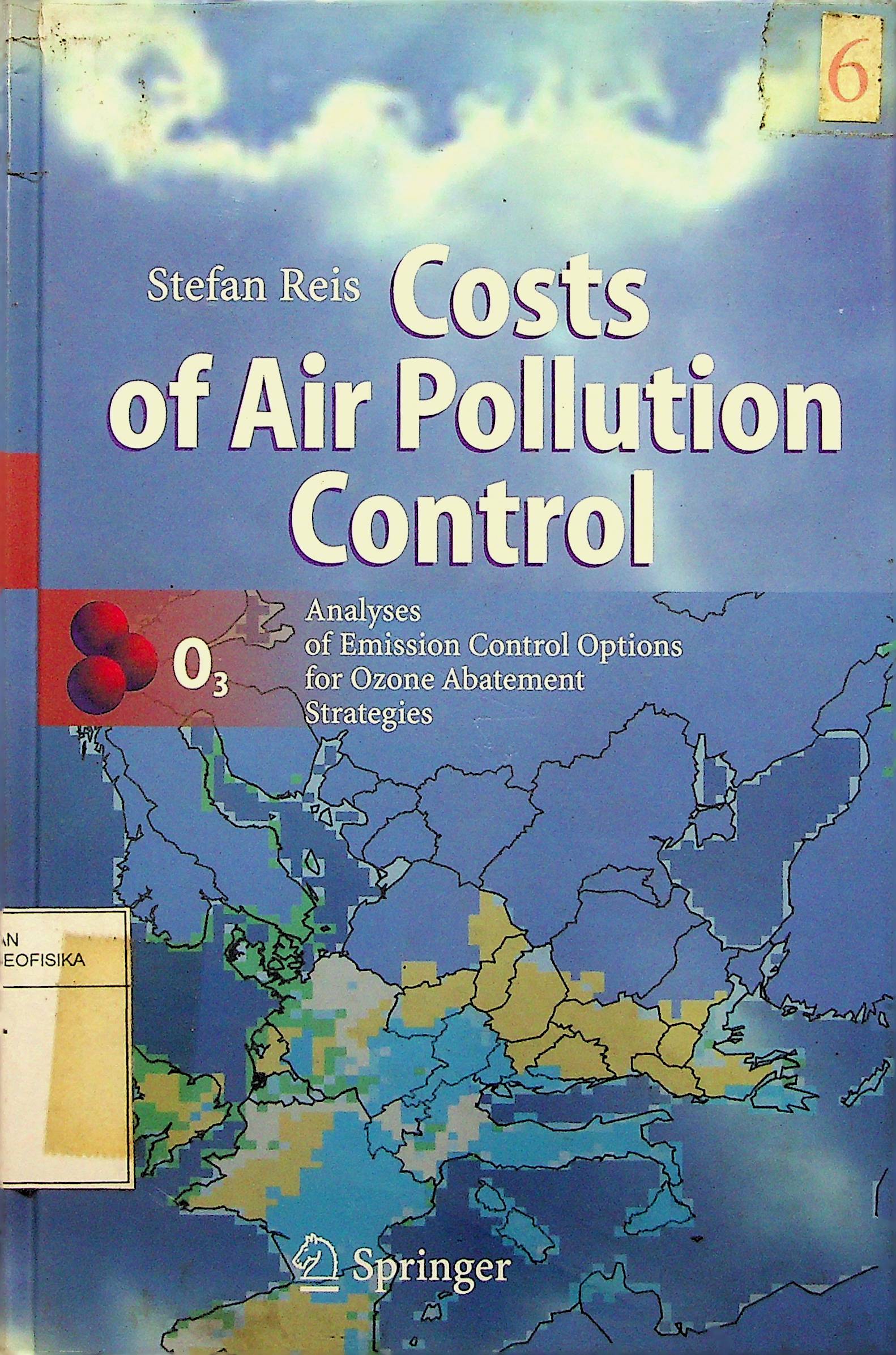This book describes the development and application of methods for the identifica¬tion of cost-effective strategies for the abatement of ozone precursor substances (mainly nitrogen oxides, NOX and non-methane volatile organic compounds,NMVOC) in Europe. To achieve this, a trend scenario for the development of NOx and NMVOC emissions has to be established. This scenario takes into account tech¬nological change as well as changes in activity rates in the relevant emission source sectors. In addition to that, the impacts of EU policies and legislation in place and in pipeline, for instance on road transport and on large combustion plants is reflect¬ed. The development of such a trend scenario is of particular importance for the fol¬lowing assessment of emission control options beyond the business-as-usual devel¬opment and their effects on ambient ozone levels. For this assessment, a model system had to be developed wich allows for an in-depth cost-effectiveness assess¬ment of implemented measures. Furthermore, this model system makes it possible to identify emission targets to achieve compliance with EU thresholds, e.g. as set in the EC Daughter Directive on Ozone or as established by the World Health Organ¬isation (WHO).In an additional step, abatement costs for selected strategies are compared with avoided damage costs (i.e. benefits) due to reduced ambient ozone concentrations to conduct a comprehensive cost-benefit-assessment for a thorough evaluation of abatement strategies.After the evaluation of different control scenarios, a set of conclusions can be drawn with respect to the future design of European air pollution control strategies. First, it is evident that even assuming full compliance with the EC National Emis¬sion Ceilings Directive (NECD) in the year 2010 and the thusresulting emission levels of NOX and NMVOC, significant exceedances of air quality limit values for groundlevel ozone with regard to human health will occur all over Europe. In addi¬tion to that, the threshold set for the protection of agricultural crops, AOT40 (accu¬mulated ozone over a threshold of 40 ppb, calculated for the growing season of April to June) cannot be achieved even by most stringent emission control options.Based upon the model calculations conducted, an emission reduction of approx. 50% in the mid-term, and of about 80% on the long run below the trend scenario 2010 values would be needed to achieve compliance with ozone target values. As a comparison, the totel EU 15 emission values for the NEC Directive are approx. 37% below the trend scenario emissions calculated here for NOX and NMVOC. Finally, the potential contributions of emission control activities in Central and Eastern Eu
5
Costs of Air Pollution Control Analyses of Emission Control Options for Ozone Abatement Strategies
Stefan Reis
Penerbit :
Springer-Verlag Berlin Heidelberg
Tahun :
2005
Buku Text
-
No Scan85
-
No Klasifikasi3.637.392
-
ISBN
-
ISSN
-
No Registrasi022A/I/2008
-
Lokasi Terbit
-
Jumlah Hal52
-
Label363.7392 Rei c
-
Versi DigitalTIDAK
-
Versi FisikTIDAK
-
Lokasi Rak Buku Fisik//
-
Jumlah Exemplar Fisik Tersedia-






